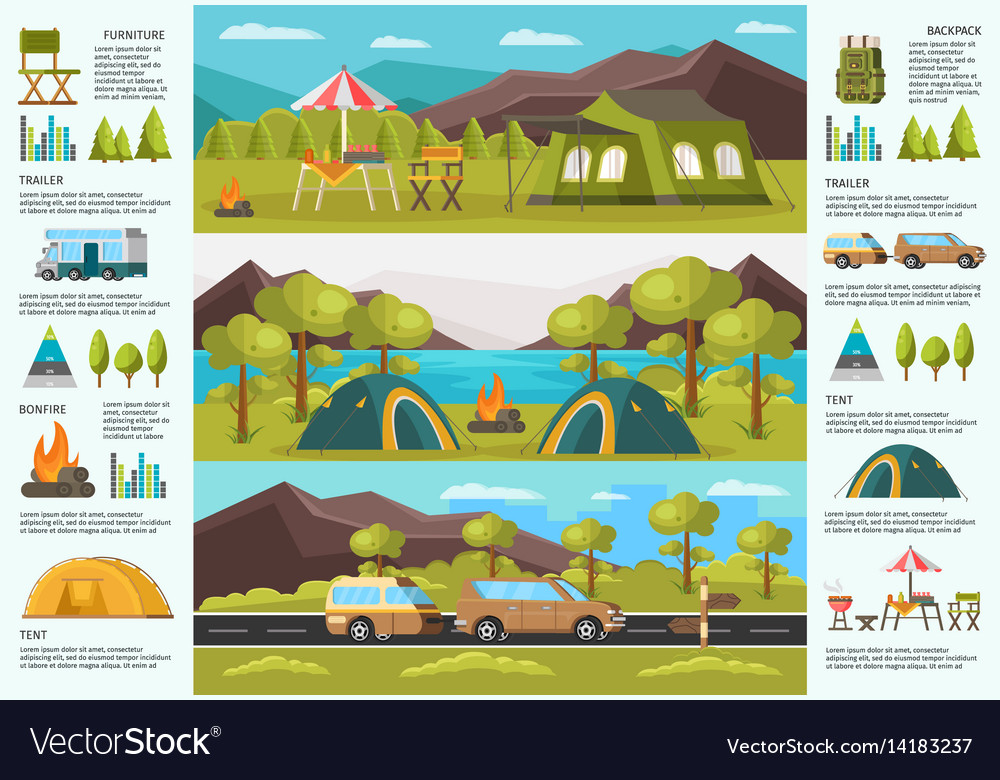An outdoor tents impact is a sheet of lightweight material that is sized to match the floor of your sanctuary. It protects your camping tent from rough things like rocks, sticks and roots, helps keep your sanctuary clean of dirt, gooey tree sap and various other debris, and marks where to set up camp.
What kind of heater is safe to use in a tent?
Size
Usually constructed from nylon, polyester or polyurethane, a camping tent footprint is put underneath the tent when outdoor camping or backpacking to avoid abrasive surface areas like sharp twigs or jagged rocks from piercing or poking openings in the floor of the outdoor tents. Tent impacts are likewise developed to be a smaller dimension than the camping tent, so that dampness doesn't merge on it and soak through the bottom of the outdoor tents. Impacts are available from some suppliers as an equipped option that clips to the bottom of the outdoor tents or in an open-ended style that can be reduced to the exact dimensions of the tent.
If you're a knowledgeable hiker or camper, you might have the ability to reduce your very own tent impact out of Tyvek or painter's plastic ground cloth (the kind people use when painting rooms). This will certainly be less expensive but it will certainly call for accuracy reducing skills and will add added weight to your pack. One more element to think about is the denier of the footprint-- the higher the denier score, the thicker and heavier it will certainly be.
Product
The material of a tent impact is important due to the fact that it can influence the weight, cost and resilience. Preferably, you intend to use something like a tarpaulin or DCF (Dyneema Composite Material) ground cloth because it adds marginal weight however is extremely resilient and can protect the floor of your tent from sharp rocks and other products on the ground.
Tarpaulins are a common option, but if you're wanting to save cash and lighten your pack, you can also try making a do it yourself outdoor tents impact out of slim polycro bed linen or Tyvek. Just bear in mind that shops typically do not have pre-cut pieces of these materials to cut a tent impact by size, so you'll need to take extra effort and time to make one yourself. You can also consider the denier of the tarp or ground cloth you're thinking about to determine its ruggedness; higher rankings mean thicker, a lot more rugged fabrics, while lower numbers indicate lighter, less sturdy materials.
Denier
A camping christmas gift camping tent footprint is a good investment since it will certainly secure your camping tent flooring and make it much easier to tidy up and clean after camping. Footprints are also cheaper to change than your outdoor tents flooring if they break, and they aid maintain wetness from pooling in the bottom of your tent where it can create holes or leakages.
A lot of camping tent footprints are made from specialized nylon or polyester fabrics that are after that proofed with silicone or polyurethane. The textile denier score is very important to think about; the higher the denier, the thicker and harder wearing the impact will certainly be.
Some camping tents come with a built-in impact from the maker, and this might be worth considering if weight is an issue for you. However, if your tent is fitted with a challenging, high-denier outdoor tents flooring after that a footprint will likely not add much to the comfort of your outdoor camping experience. An impact will, however, make your tent a lot easier to clean up and maintain.
Weight
Tent impacts are a needed accessory for tents to shield the groundsheet from wetness, abrasion and 'wear and tear'. It's important to obtain the ideal sized footprint and take into consideration material, toughness and rate when choosing one.
Footprints are usually made from a challenging, polyester or nylon material covered with water resistant polyurethane. Their thickness is generally determined in denier; greater scores are thicker and more sturdy however also much heavier.
What is the difference between canvas and nylon?
They ought to be reduced a couple of inches smaller sized on all sides than the actual synopsis of your camping tent to stay clear of puddling-- if it rains water can merge in the middle and saturate right into all-time low of your tent. Various other alternatives for making DIY outdoor tents footprints consist of painter's plastic ground cloth (the kind you put down before repainting a room), Tyvek and polycro. The least expensive options are most likely silicone- or polyurethane-proofed, yet these are less breathable and can conveniently rip. They're likewise really bulky to load and call for precision reducing abilities.
